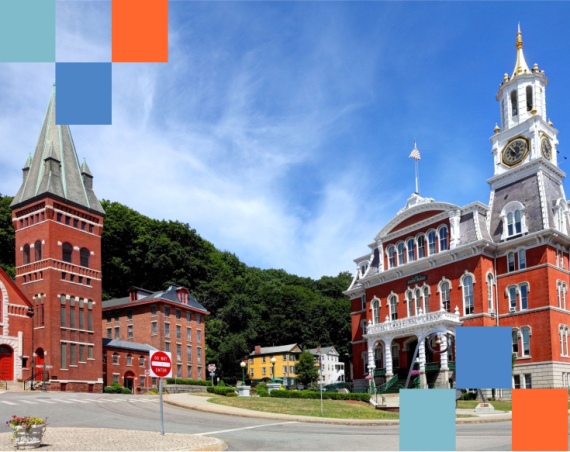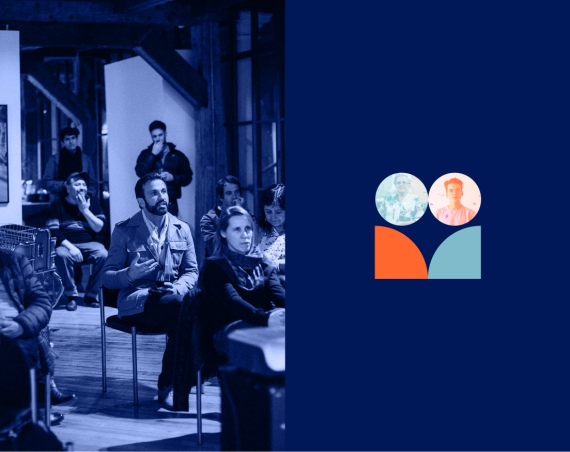COVID-19 forced us to evaluate how and when we share space, and nowhere was that more visible than on once-busy streets and sidewalks. Americans cut their driving in half, roads were closed to cars in order to create public spaces, and outdoor restaurants (or “streeteries”) popped up seemingly overnight.
Local governments were given the opportunity to reimagine traditionally off-limit public spaces – such as street parking – and to replace them with people-first alternatives that allowed for safe and COVID-friendly gatherings. Despite being initially temporary, parklets represent a critical first step in cities reclaiming public spaces for people. As cities plan for a post-COVID-19 future, climate and public transit advocates alike have a unique opportunity to build upon this progress by making parklets a permanent and prevalent fixture of 21st-century streets.
What are parklets?
According to the National Association of City Transportation Officials, “parklets are public seating platforms that convert curbside parking spaces into vibrant community spaces.” Let’s break that down.
Parklets are a way to reclaim spaces traditionally reserved for cars and to partially, or fully, pedestrianize streets. Removing as few as two or three parking spots can open seating for 24 people and create public spaces which are more welcoming and engaging. When the pandemic abruptly cut off access to many traditional venues for human connection, communities began voicing a need for safe, outdoor meeting spaces. Using a mix of human-centred urban design and community engagement, city leaders across the country helped identify the local areas where parklets could make a difference and began building towards the future of our cities.
And while it has become clear that parklets provide a significant hyperlocal impact, this can easily scale throughout a city to make the urban experience greener and more available for all – including pedestrians, cyclists, and those who use public transit.
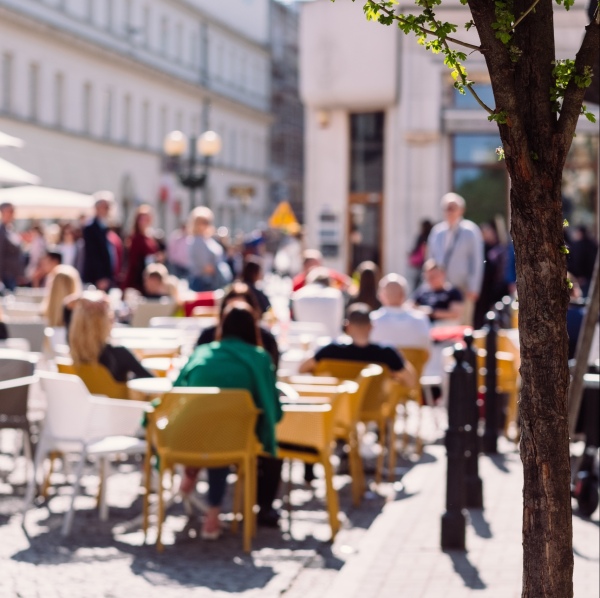
What do parklets add to communities?
As free, public spaces to sit and gather, parklets encourage people to slow down, connect with strangers and spend more time in their own neighborhoods (usually on foot). They create positive downstream effects for local businesses, as increased foot traffic has been shown to drive revenue and complement those restaurants and cafes that offer outdoor seating.
Aside from the many social, economic, and health benefits of parklets noted in impact studies, they also serve as “eyes on the street”, a term coined by Jane Jacobs which implies that when there are more people around, neighborhoods become safer, more vibrant, and more communal. It should come as no surprise, then, that parklets are a pre-pandemic phenomenon. San Francisco was one of the first US cities to pilot parklets more than five years ago by “reclaiming the social-seating concept and adapting it for concrete-jungle legacy blueprints”. At a time when public space and consumerism seem increasingly intertwined, parklets are an opportunity to make our cities more community-oriented by offering people free, open areas to gather, and prove how quickly and easily public spaces can be repurposed.
But to get this right – and to create connected communities that people want to invest in – cities have to turn to their residents to understand and inform where and why parklets can provide the greatest impact.
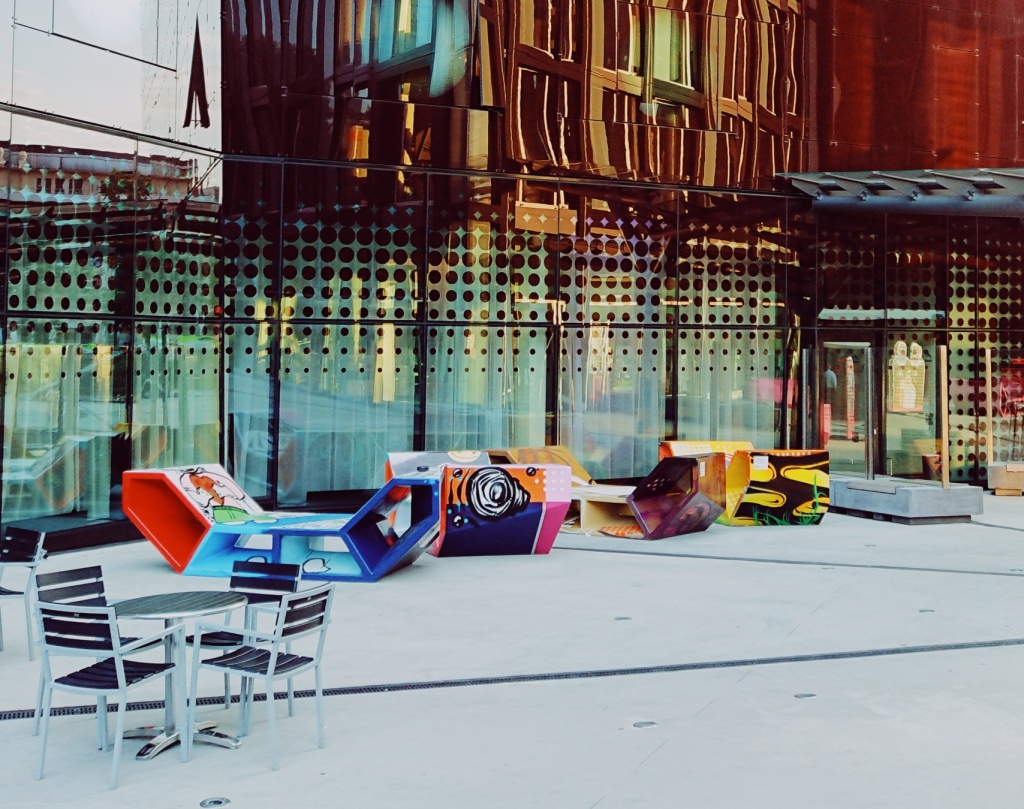
Community engagement for equitable parklet creation
Parklets are a perfect example of placemaking in action, particularly when implementing the strategy of “lighter, quicker, cheaper”. Whether overseen by a Business Improvement District (BID), planning department, or by individual businesses or homeowners, these public spaces offer an opportunity for small, quick wins that can have a large-scale impact. But the creation of parklets must be driven by the communities that will use them, and therefore community engagement is key to getting this right.
Much like shared mobility planning, parklet planning can go wrong. When parklets are only tied to restaurants or in affluent neighborhoods, the question becomes: who benefits from these spaces?
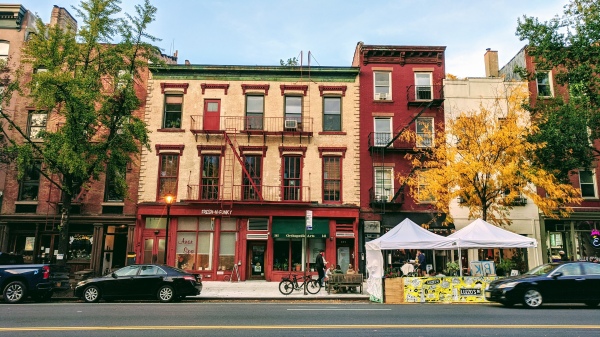
By using community engagement to identify parklet opportunities, city planners can better understand how people are currently getting around and using public spaces – what are their pain points and how do they affect development patterns? Engagement encourages feeling connected to a city, and because parklets are “lighter, faster, cheaper”, residents can quickly see tangible change in their communities and cities can build enthusiasm for continued participation. Parklet projects also invite room for local artists, schools, and other organizations to get more involved in the design and maintenance of these community gathering hubs, helping build lasting relationships and community connections.
While engagement is a continuous process, parklets are a fast and easy way for any city to get started. And once you get parklets right, you can set up your next conversations on larger topics such as pedestrianization, the future of shared mobility, or even highway removal.

